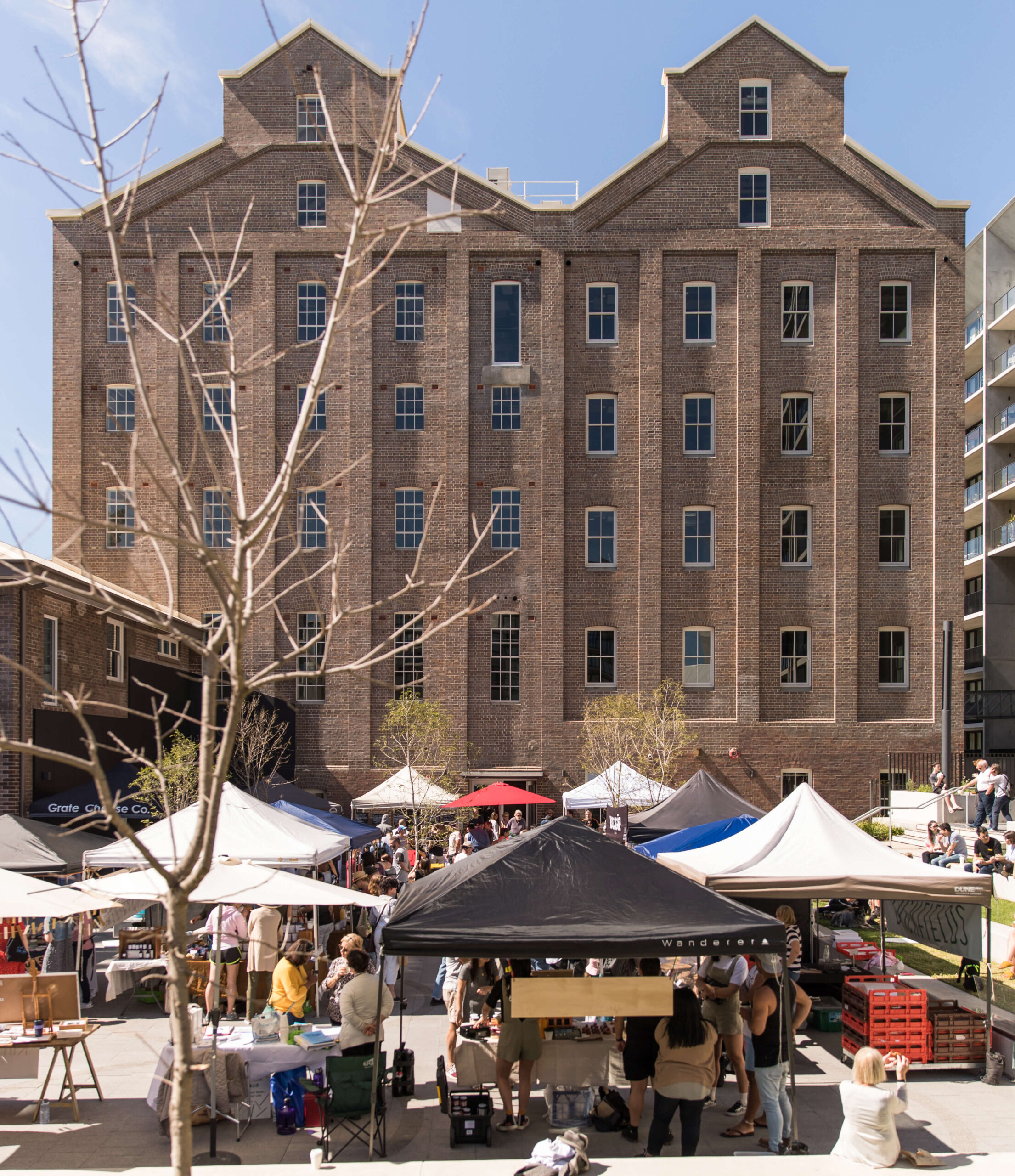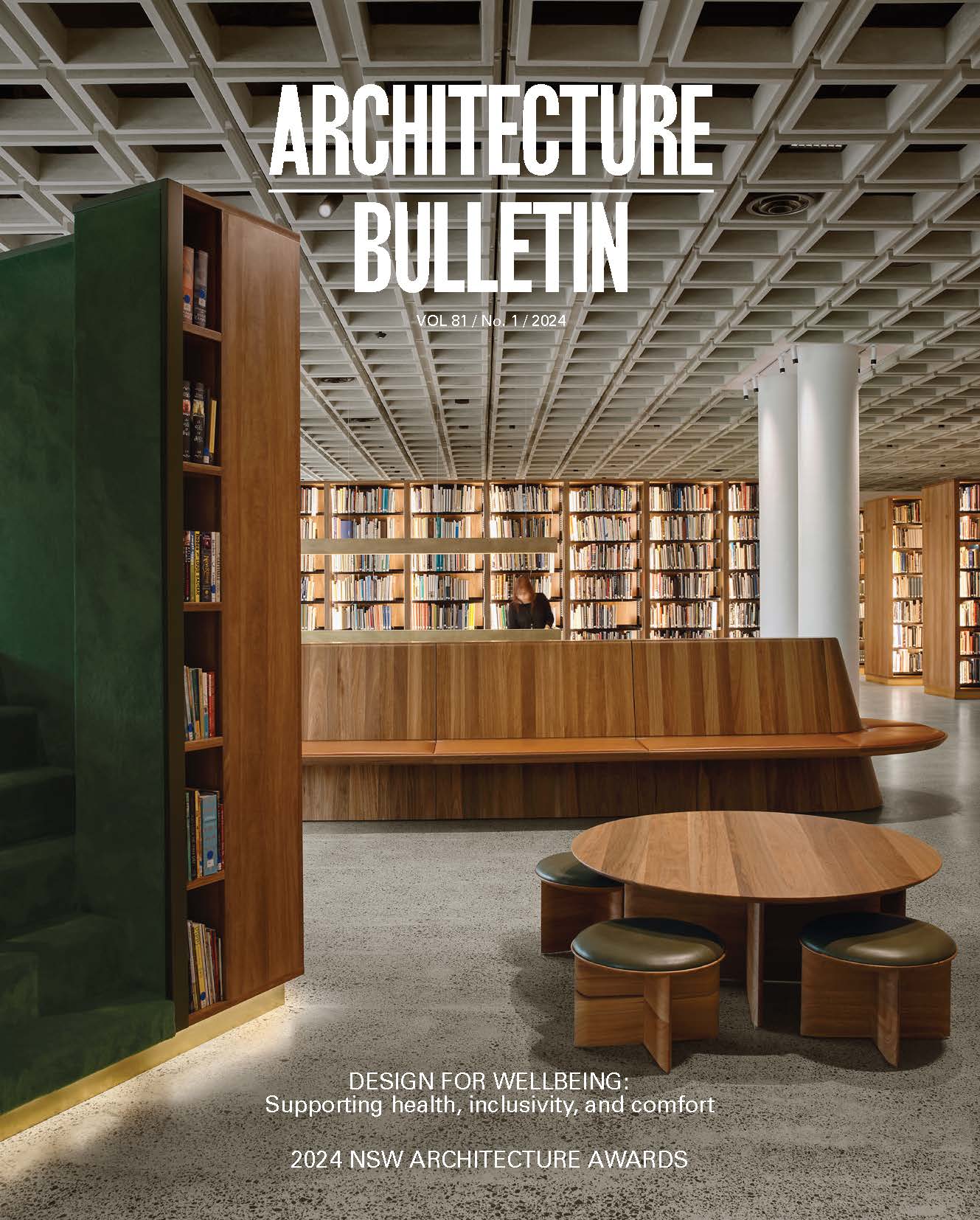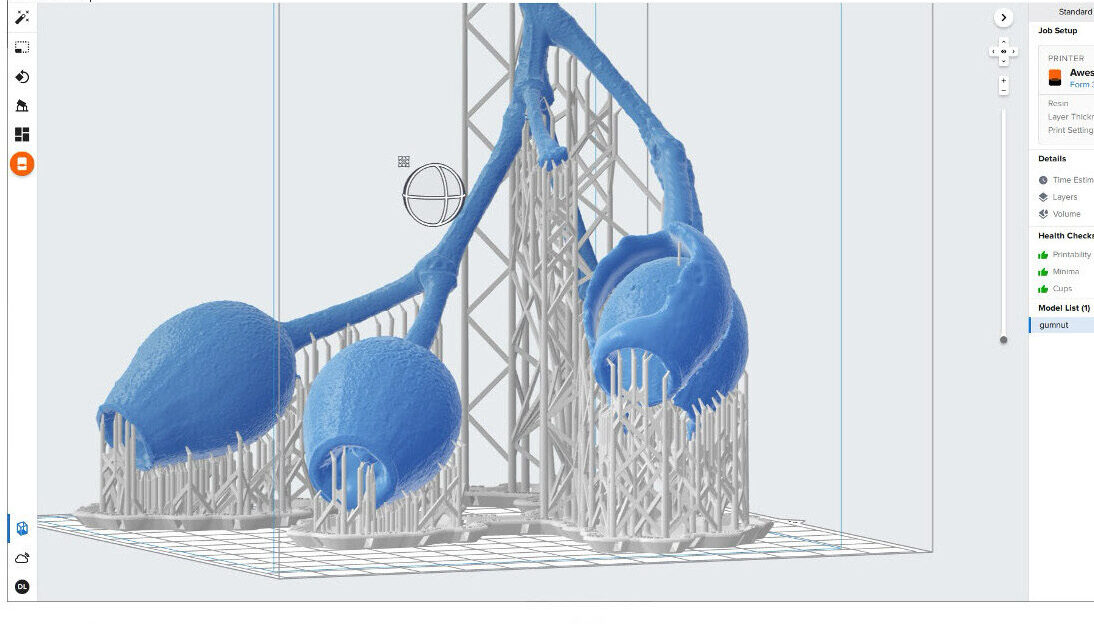The built environment plays a key role in improving people’s wellbeing by creating social value. Wellbeing and social value are interconnected, with social value being described as the positive effects buildings, spaces, and infrastructure have on people’s wellbeing and quality of life.
Record breaking weather events, lack of affordable housing and rising intolerance are just some of the pressing issues we face in our towns and cities. Enhancing community and individual wellbeing is essential for resilience and social cohesion. Recognising this, the Australian Government released the Measuring What Matters Framework1 with five wellbeing themes: healthy, secure, sustainable, cohesive, and prosperous. This framework aims to ensure wellbeing is considered alongside economic issues when determining government policy.
The built environment plays a key role in improving people’s wellbeing by creating social value. Wellbeing and social value are interconnected, with social value being described as the positive effects buildings, spaces, and infrastructure have on people’s wellbeing and quality of life. It includes how the design, construction, and management of these places contribute to communities’ social, economic, and environmental wellbeing. For example, the Victorian Health Homes Program2 demonstrated that upgrading a home’s energy efficiency and thermal comfort not only reduced energy consumption but also improved occupants’ mental and physical health and overall quality of life.
There is certainly significant interest in social value with Architecture Media establishing the Social Impact awards, the Property Council of Australia releasing its Collective Social Impact Framework and RIBA developing a Social Value Toolkit to pick just three of the many initiatives underway. However, despite the interest and activities, there is still much uncertainty about social value and how to create and measure it.
This is why Hassell and the Green Building Council of Australia (GBCA) recently released the Social Value in the Built Environment3 discussion paper. Based on a review of Australian and international literature and interviews with a range of experts, the discussion paper aims to help move us towards a common language and framework for creating and measuring social value in the built environment. So, what did we learn from the research?

What is social value? There are numerous definitions for social value in use across the social purpose and built environment sectors. Some commonalities in these definitions include a focus on the community, creating positive change and involving stakeholders in the process. To help move closer to a widely accepted definition we have proposed the following working definition: “Social value is the net positive change in social, environmental, and economic wellbeing of those directly and indirectly impacted by an initiative, project, or organisation. In the built environment, social value is created when local needs are understood, the people most impacted are authentically engaged and where buildings, places, and infrastructure improve present and future communities’ quality of life, wellbeing, and social cohesion.”
What isn’t social value? Although closely related, terms such as social impact, social justice and social equity focus on specific areas, whereas social value is more collective and holistic. Less closely related are concepts such as Environmental Social Governance (ESG) reporting, Corporate Social Responsibility (CSR) and impact investing. These are respectively focused on addressing business risks, voluntary and philanthropic activities and gaining financial return by creating a positive impact.
Every project. There is no doubt that designing and delivering social infrastructure for not-for- profit and for purpose organisations is important, but so is making sure that all our projects create social value for those directly and indirectly involved. By working with a common understanding and framework we have the opportunity to create significant positive impact for our communities.
Context is vital. One issue that emerged strongly in the research is that social value is highly contextual. Different communities have different needs, priorities, and cultural norms shaping what is considered valuable within their own context. The development of social value goals for a project must consider the specific social, economic, cultural, and environmental factors relevant to the local community and
context.
Process, process, process. In the literature and expert interviews, a recurring theme was the imperative to commence projects by comprehensively researching local needs and consistently involving stakeholders meaningfully and authentically throughout the lifespan of a project.
Jobs and more. Social value generation during construction is a key consideration in numerous built environment endeavours, particularly infrastructure projects. Traditionally, this entails job creation, training, and skill enhancement; however, avenues for fostering social value permeate every phase of the built environment’s lifecycle, from project initiation to eventual disposal or redevelopment.
Big data, little data. Measuring the social value throughout the life of a project is important as it helps to ensure that what has been agreed with stakeholders is delivered and fine tune activities and initiatives. Measurement needs both quantitative and qualitative data to inform decision making, but we also need stories to bring them to life by demonstrating the impacts on people’s quality of life and wellbeing.
What’s next? Two key themes emerged from the research: the imperative for governmental leadership to establish social value priorities and mandate the evaluation of social value during procurement with national uniformity; and closer collaboration within the industry to cultivate shared methodologies and approaches. The urgency to integrate social value into our built environment has reached a critical juncture. Over the next decade, our urban development and housing decisions will significantly shape societal welfare, inclusivity, and communal empowerment. Building an environment that embodies social value transcends functionality; it entails cultivating spaces that nurture community, enrich well-being, and bolster individual and collective prosperity.
Notes
1 Commonwealth Treasury, 2023, “Measuring What Matters” Available online at: https://treasury.gov.au/policy-topics/measuring-what matters
2 Sustainability Victoria, 2022, “The Victorian Healthy Homes Program” Available online at https://www.sustainability.vic.gov.au/research-dataand- insights/research/research-reports/the-victorian-healthy-homesprogram-research-findings
3 Green Building Council of Australia & Hassell, 2024, “Social Value and the Built Environment” Available online at: https://new.gbca.org.au/green-star/green-star-strategy/social-value
Helen Bell is responsible for research within the GBCA. She has more than 20 years of experience working in social and market research.
Brett Pollard is a senior researcher at Hassell. He is an architect passionate about creating healthy places that have a positive impact for people and the planet.





